Raza Buland Sugar Co. Ltd. v. Municipal Board, Rampur AIR 1965 SC 895

Quick Summary
This case explains which steps in a municipal tax process are must-do (mandatory) and which are flexible (directory). The Supreme Court said: inviting public objections to a new tax is mandatory because it lets taxpayers speak. But the exact mode of publication is directory, so substantial compliance is enough.
Once a proper notification appears in the Government Gazette, it works as conclusive proof that the tax was imposed under the law—if the core mandatory step (public objections) was substantially followed.
Issues
- Is publication of proposals and draft rules under Section 131(3) mandatory or directory?
- Was there valid compliance with Section 94(3) on the mode of publication?
- Does Section 135(3) make the Gazette notification conclusive despite defects?
- Does the 600-feet rule under Section 129(a) exempt certain buildings from water tax?
Rules
- Mandatory: First part of Section 131(3) (publish proposals & invite objections).
- Directory: Mode of publication under Section 94(3) (substantial compliance suffices).
- Conclusive Proof: Section 135(3) — Gazette notification validates the levy if core mandatory steps are substantially met.
Facts (Timeline)

Arguments
Appellant (Company)
- Mandatory steps under Sections 131(3) & 94(3) not met.
- Publication wrong medium; notice ineffective.
- Exempt under Section 129(a): buildings beyond 600 feet.
Respondent (Board)
- Substantial compliance achieved; public was informed.
- Section 135(3) Gazette makes the levy conclusive.
- Exemption facts not proved on record.
Judgment
The Supreme Court drew a clear line: inviting public objections (first part of Section 131(3)) is mandatory. The manner of publication (Section 94(3)) is directory. Here, publishing the Hindi notice in a widely read Urdu paper still informed people. So, there was substantial compliance.
With core steps substantially met, the Gazette notification under Section 135(3) gave conclusive proof that the tax was imposed as per the Act. The levy stood. The appeal was dismissed.

Ratio Decidendi
Procedures that secure public participation in taxation are mandatory; publication mode is directory if the notice purpose is met. A Gazette notification is conclusive proof of validity when mandatory elements are substantially complied with.
Why It Matters
- Protects taxpayers’ right to object before a new levy.
- Brings practical flexibility: focus on purpose, not rigid form.
- Gives strong finality to tax via Gazette, avoiding endless disputes.
Key Takeaways
- Public objections step = mandatory. Mode of publication = directory.
- Substantial compliance is enough if people are truly informed.
- Gazette notification under Section 135(3) provides conclusive proof.
- Exemptions like the 600-feet rule need clear evidence.
Mnemonic + 3-Step Hook
Mnemonic: “Objections First, Form Later; Gazette Seals.”
- Point: Invite objections (mandatory).
- Apply: Publish in a way that informs (directory/substantial).
- Decide: Gazette makes it conclusive if core step is met.
IRAC Outline
Issue: Is the objections step mandatory and was the process valid? Does the Gazette cure defects?
Rule: Objections step mandatory; publication mode directory; Section 135(3) gives conclusive proof with substantial compliance.
Application: People were informed via a widely read paper; purpose met; core step satisfied.
Conclusion: Levy upheld; exemption issue left open for proof.
Glossary
- Mandatory
- A required step. Skipping it usually invalidates the action.
- Directory
- A guiding step. Substantial compliance may be enough.
- Substantial Compliance
- Doing enough to meet the purpose of the rule, even if not perfect in form.
- Conclusive Proof
- A legal finality: once shown (e.g., Gazette), the point is treated as proved.
Student FAQs
Related Cases
State of U.P. v. Manbodhan Lal (1957)
Early guidance on mandatory vs directory provisions in procedure.
ProcedureLachmi Narain v. Union of India (1976)
Substantial compliance and delegated legislation context.
Substantial ComplianceShare
Related Post
Tags
Archive
Popular & Recent Post























































































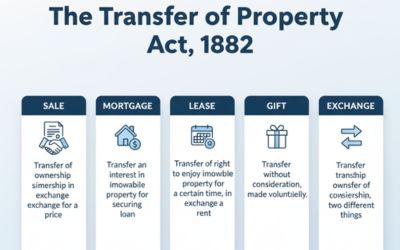
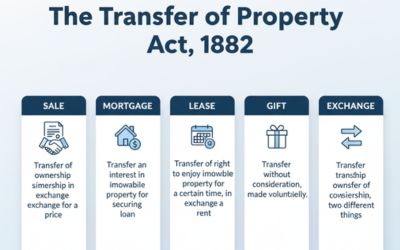

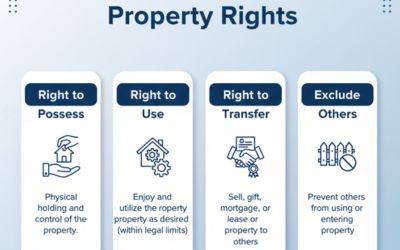
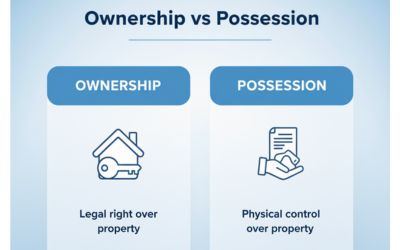

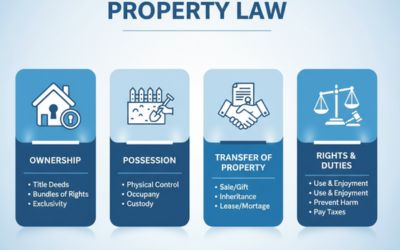



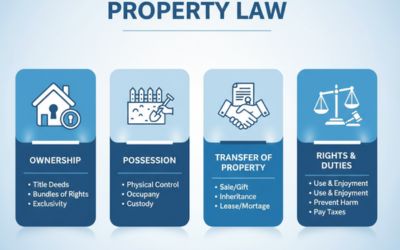
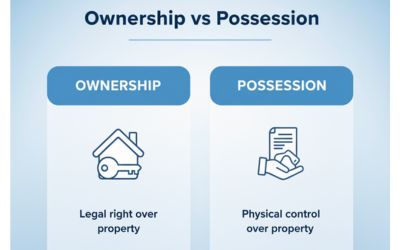
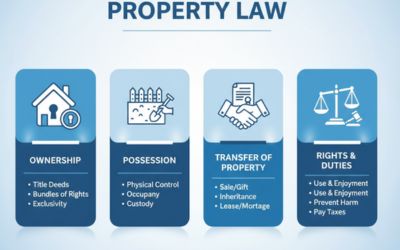
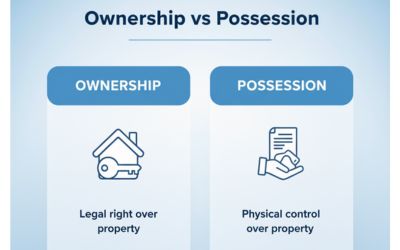



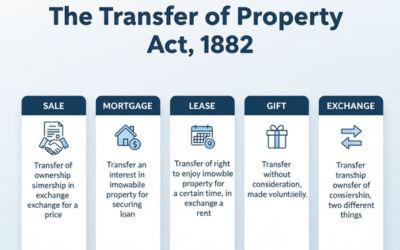
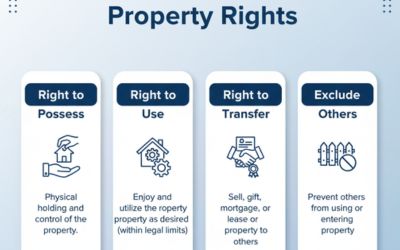


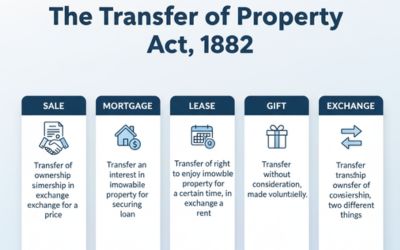




























































Comment
Nothing for now